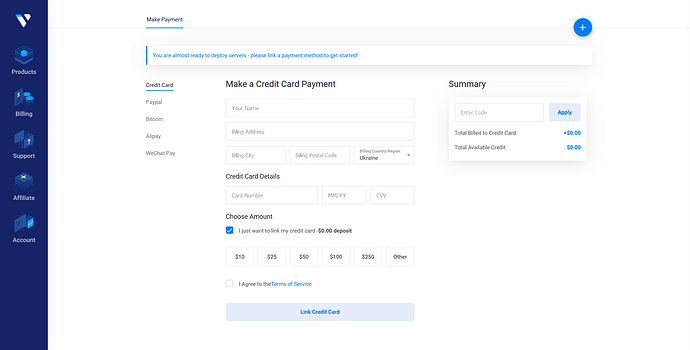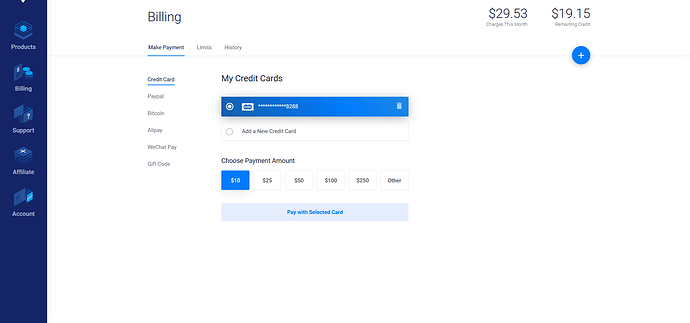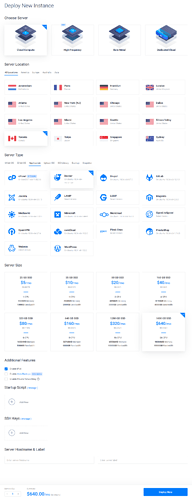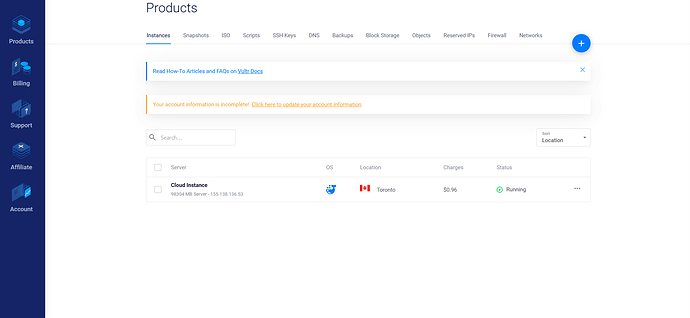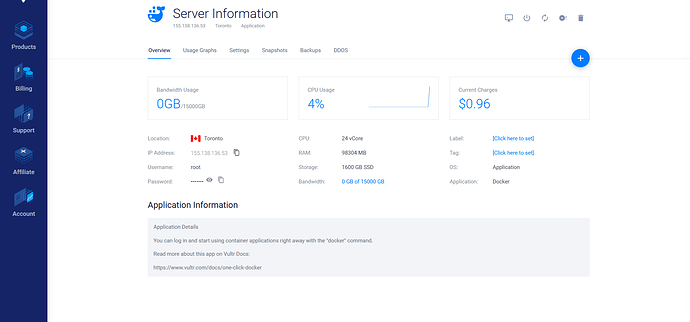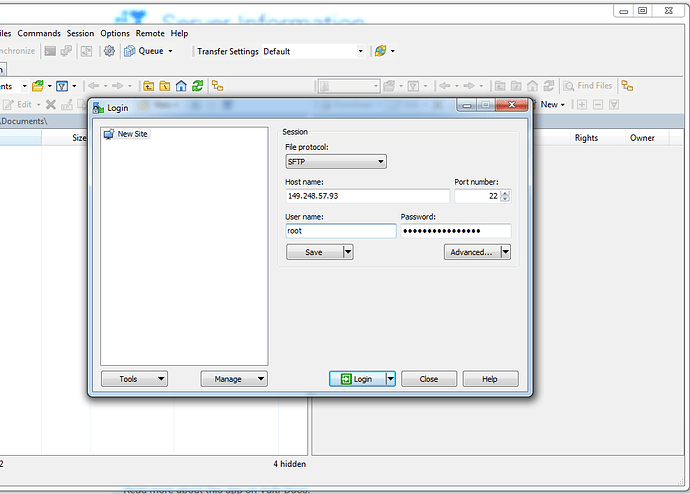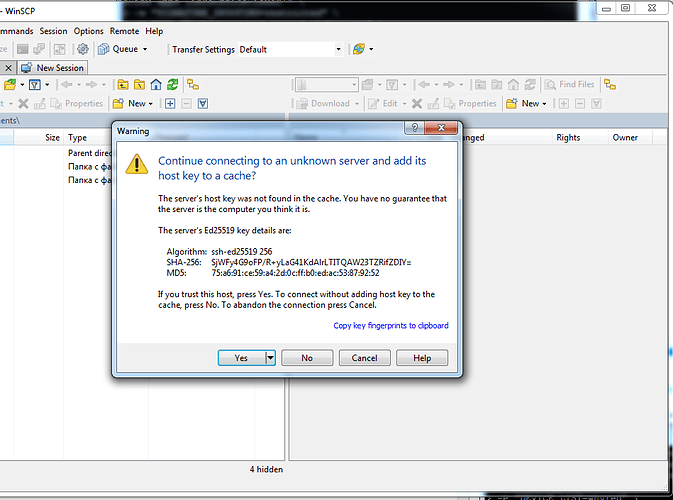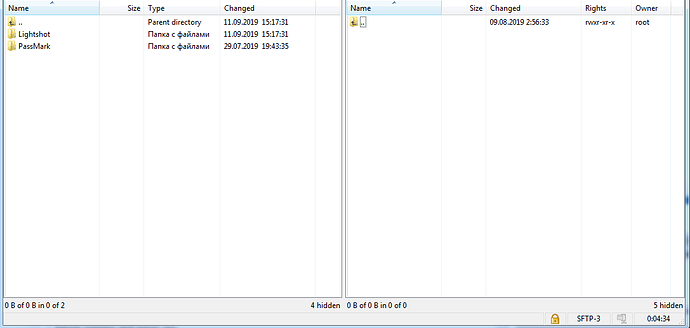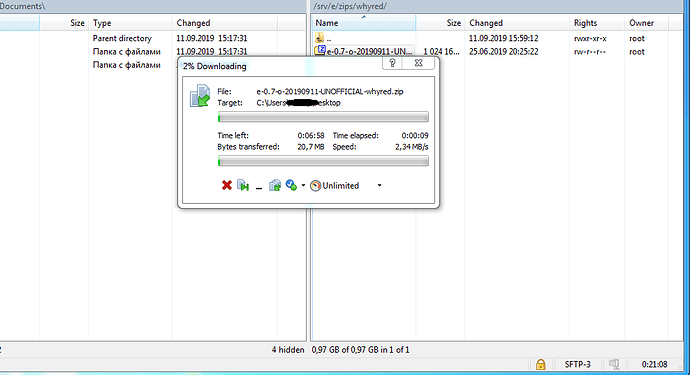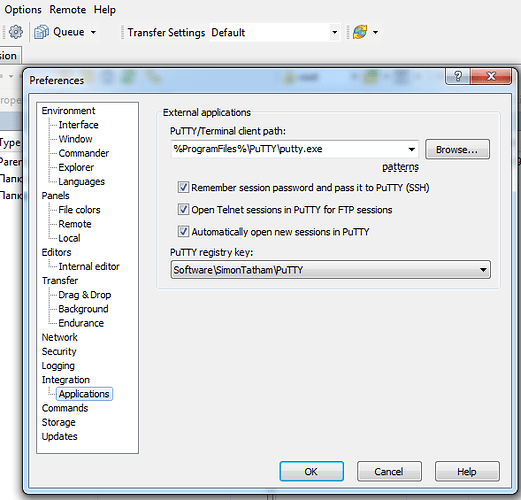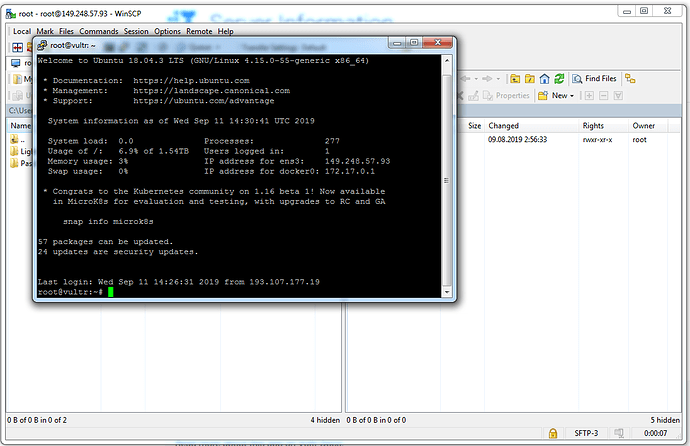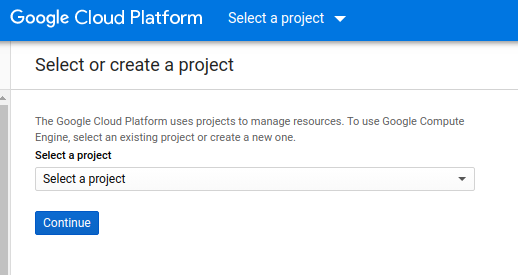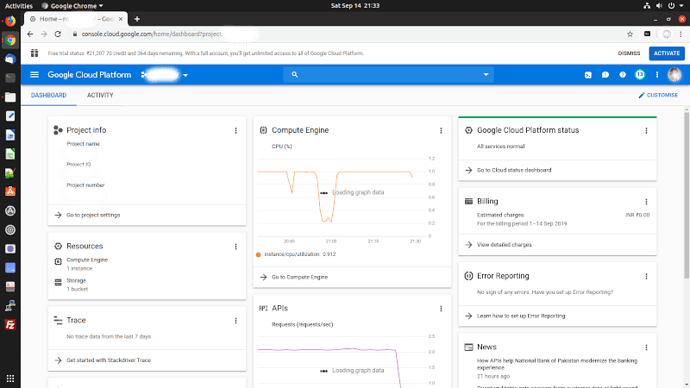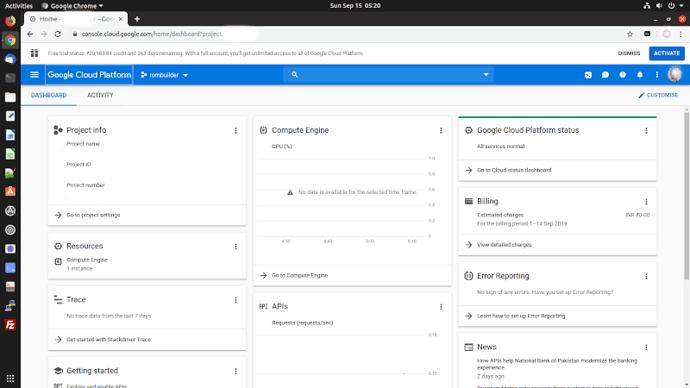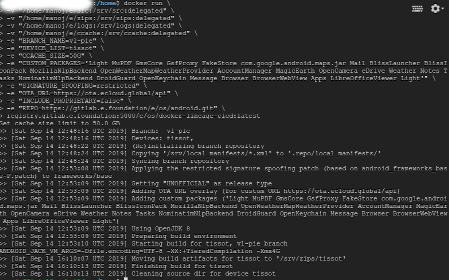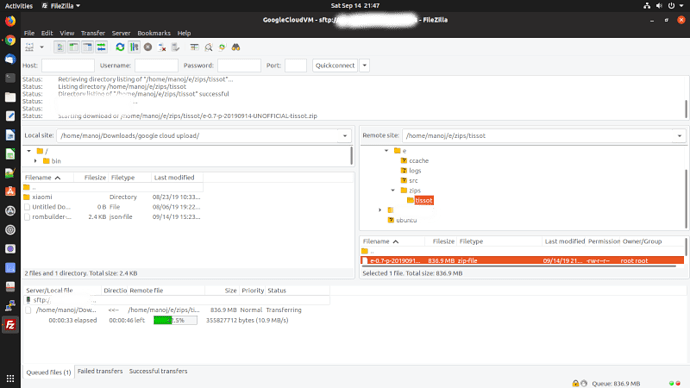Hi, a lot of you knows me as a unofficial /e/ roms builder, and i want to tell you how i build my unofficial roms, so you can build yours. I have old PC, so for my builds i use Vultr.
First of all we need register with this link ( not a referral) you will get 50$ credit https://www.vultr.com/promo/try50/
After entering your email and password you will need link your credit card (you need have at leat $5 on it, but it return back on your card). Also dont forget check " I just want to link my credit card - $0.00 deposit"
If everything is good you should have 50$ credit available here https://my.vultr.com/billing/
Now we can create our server, go https://my.vultr.com/deploy
Check this:
Choose Server - Cloud Compute
Server Location (Choose what you want)
Server Type - Apllication - Docker - Ubuntu 18.04
Server Size (Well for one android version you need at least this one
320 GB SSD $80/mo $0.119/h 6 CPU 16384MB Memory 5000GB Bandwidth
but i prefer this
640 GB SSD $160/mo $0.238/h 8 CPU 32768MB Memory 6000GB Bandwidth ( its enough space for Nougat, Oreo and Pie sources)
If you want make you build as fast as it possible choose most higher priced server in location you choose, on that server you can run Nougat, Oreo and Pie builds at same time.
Then check
Additional Features - Enable IPv6
After this click on “Deploy Now”
You will see that server running after you wait some time
Running server its good but we need connect to it.
Click on ‘’…" then “Server details”
Here you need to copy IP Address, Username (its always “root”) and Password, we will need all this later.
To connect to our server we need to install Putty https://www.chiark.greenend.org.uk/~sgtatham/putty/latest.html
Better check “Add shortcut to PuTTY on the Desktop” in during your installation
After installation complete, run Putty and put your server IP address in Host Name (or IP address), you copied it earlier.
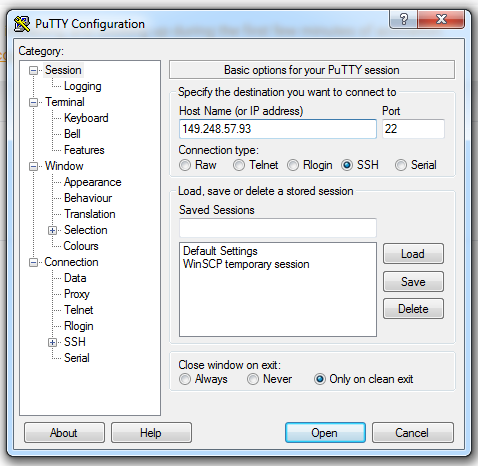
click Open, ignore the warning just press yes, now paste(to paste you need just press right mouse button in Putty terminal) your login (its root) and password ( you copied earlier) and press Enter
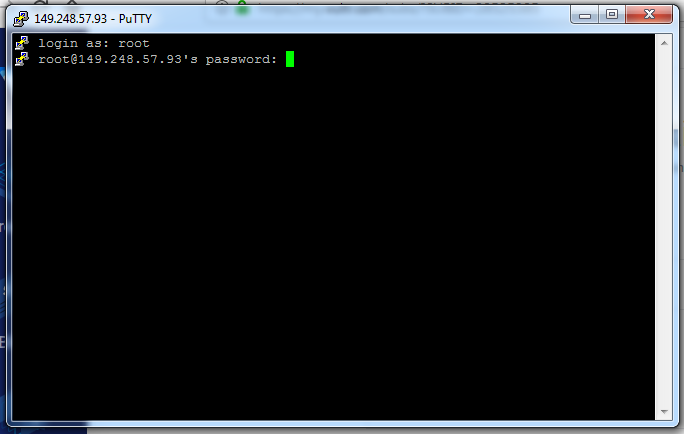
Gongratulations, if you see something like this you connected to server
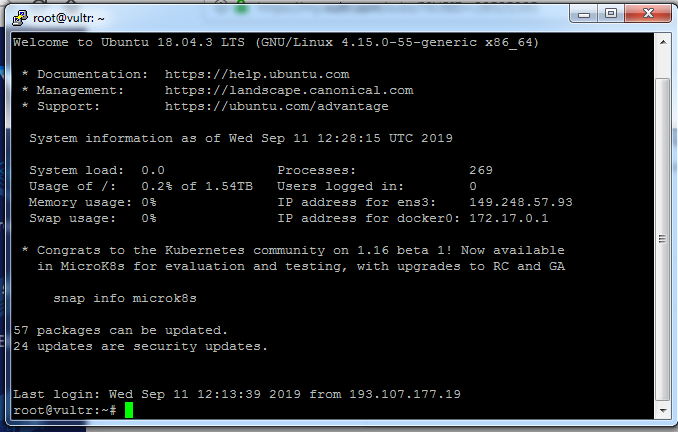
Now type this
screen
and pres Enter twice, this command allow your server session run in background
Now just simple paste this command to get /e/ docker image:
https://gitlab.e.foundation/e/wiki/en/wikis/build#2-get-our-docker-image
wait when its downloaded and unpacked, now just follow this to start your build
https://gitlab.e.foundation/e/wiki/en/wikis/build#4-start-build
or you can follow my previous guide Fastest and easiest guide for building unofficial /e/ rom
If you make everything right you will get something like this
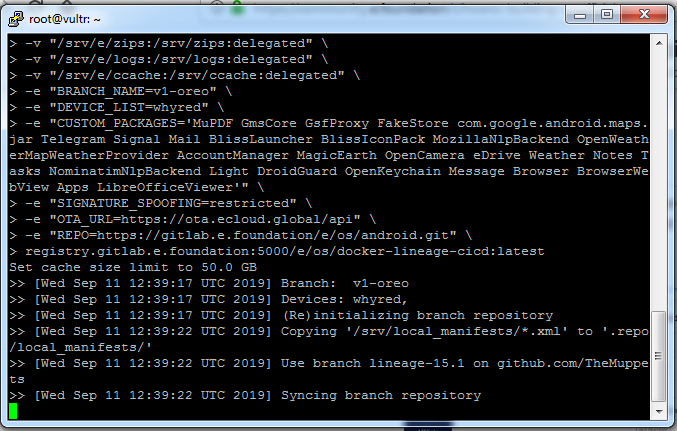
Now server syncing sources and after that it will automatically build rom you not need do nothing jut wait, how long its depends how powerfull your server is, it can be like from 3-6 hours or more.
When you got this, its mean that your build is ready

Yeah, build is ready its cool, but its located on server, so how copy it to your pc, I use WinSCP but its Windows only for Linux search for alternative or try run with Wine.
Install WinSCP https://winscp.net/eng/download.php, after installation complete run it, paste IP Address, Username (its always “root”) and Password (same as in Putty), and press Login
Ignore warning and press yes
Now you connected to server, in left side its your local pc folders in right your server folders, you now in root directory of your server
Click on “…” the go to /srv/e/zips/your device codename/ you will find .zip file, it is your build.
Now just drag and drop it on your desktop or in any folder in left panel inside WinSCP
Now you are done, enjoy!
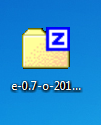
Also you can go in WinSCP Options-Preferences-Integration-Aplications and check all
so you only need login WinSCP once to connect server and it automatically will open session in Putty
Also if you not planing make a new build soon, you better destroy server, because it takes credit amount even if you not use it, so if decide make a new build create a new server and follow this guide again.
Feel free to edit and comment!
also Im waiting for @Manoj Digital Ocean guide.
P.S. Sorry for mistakes, im not native English speaker.
